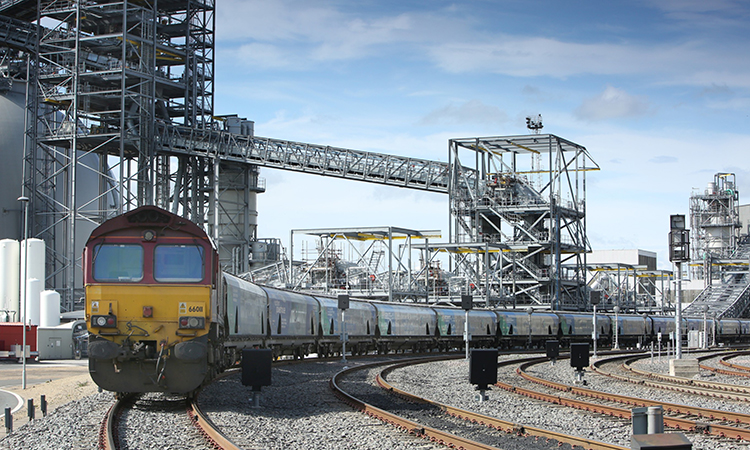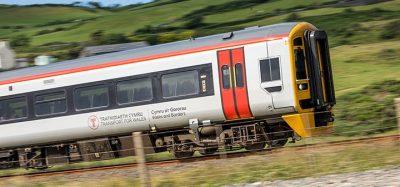Trebling rail freight can help support transition to net zero
Posted: 12 October 2022 | Elliot Robinson (Editorial Assistant - Global Railway Review) | No comments yet
Rail Partners have set out the need for an ambitious freight growth target to transform the sector over the next three decades.


Credit: Rail Partners
In its response to the Great British Railways Transition Team’s (GBRTT) freight growth target call for evidence, Rail Partners – the trade body representing independent passenger and freight operating companies – have set out the necessary policy needed to make the ambitious target achievable. The policy explains why trebling rail freight within the coming decades will support the transition to net zero.
Transport is the largest carbon-emitting sector in the UK economy. Essential action is needed to lower transport emissions now so the UK can meet its commitment to reach net zero carbon emissions by 2050. Based on rail freight’s economic contribution, a trebling of rail freight would increase the sector’s contribution to UK plc to around £7.5 billion per year. It will also help to rebalance the economy as 90 per cent of these economic benefits occur outside of London and the South-East.
Related news you will enjoy:
Great British Railways Transition Team publish call for evidence report
The Great British Railways Transition Team launch call for evidence to increase rail freight
“The demand for rail freight is already here as customers increasingly look towards rail as a sustainable, cost effective, and reliable way to get their goods to market,” Andy Bagnall, Chief Executive of Rail Partners, said. “Setting an ambitious growth target is key, supported by a wider policy framework to shift freight off the roads and onto the rails. Rail freight plays a critical role in the journey to net zero. It removes seven million heavy goods vehicles from the roads each year, saving 1.4 million tonnes of carbon.”
The target, overseen by the proposed Great British Railways (GBR), will provide freight operators, customers and third parties with the confidence to make significant investments and infrastructure to ensure freight growth is realised. The stretching target to treble rail freight by 2050 should be underpinned by shorter term targets which are aligned with GBR’s five-year funding cycles.
Related topics
Cargo, Freight & Heavy-Haul, Funding & Finance, Infrastructure Developments, Sustainability/Decarbonisation
Related organisations
Great British Railways (GBR), Great British Railways Transition Team (GBRTT), Rail Partners







